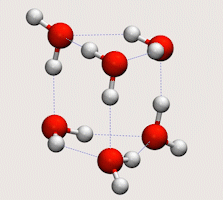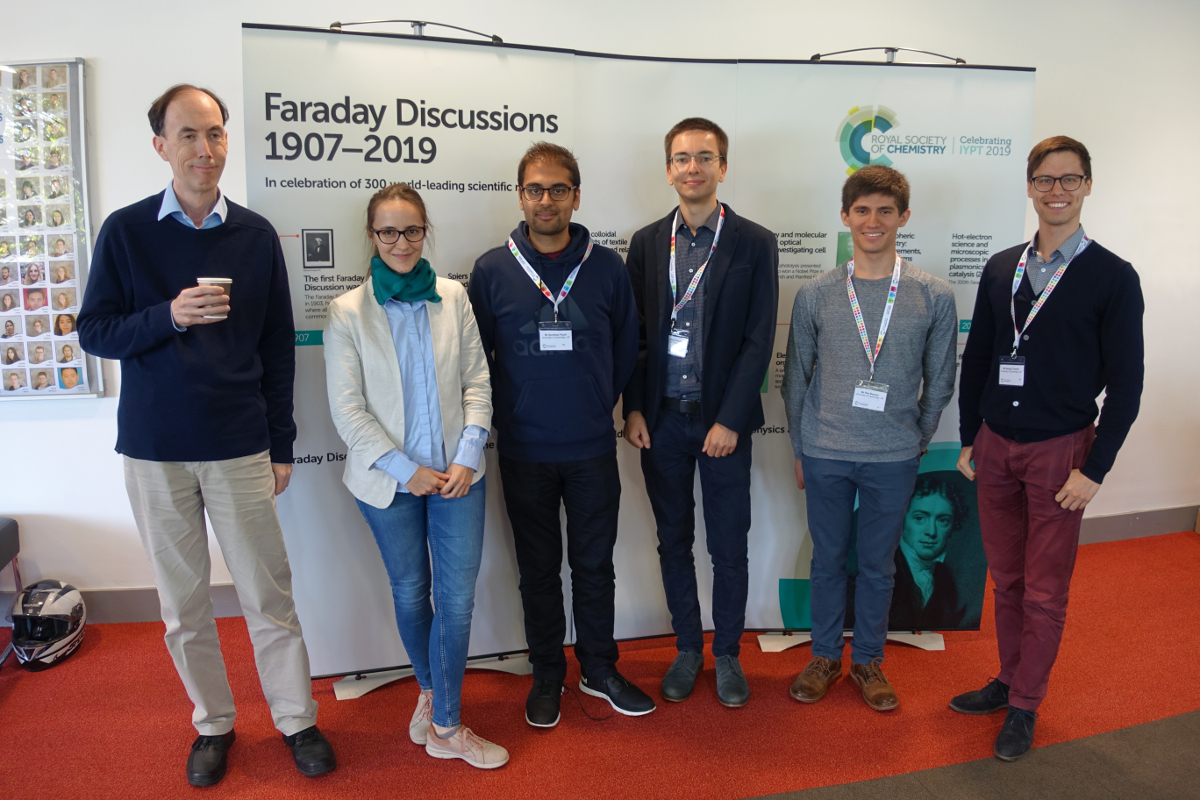We are a theoretical and computational research group in the Department of Chemistry, University of Cambridge. Our research investigates quantum dynamics—the effects of quantum mechanics on the motion of atomic nuclei.
We use a wide range of mathematical and computational techniques, from pen-and-paper derivations of new theory, to developing codes and algorithms for parallel CPUs and GPUs.

Highlights of our research include the calculation of the first complete wave function of a chemical reaction (Nature 2002), which has allowed new interpretations of molecular beam experiments (Science 2012, PNAS 2014), the discovery of a topological property affecting winding round electronic degenaracies (Science 2005), and more recently the development of new dynamical theories based on the use of Feynman path-integral theory, including an instanton method for computing tunnelling paths (Science 2016, see figure on right), a fully quantum version of transition-state-theory (J Chem Phys 2013), and most recently, a new theory ('Matsubara dynamics') combining quantum statistics and classical dynamics (J Chem Phys 2015). More details about our research can be found here.

